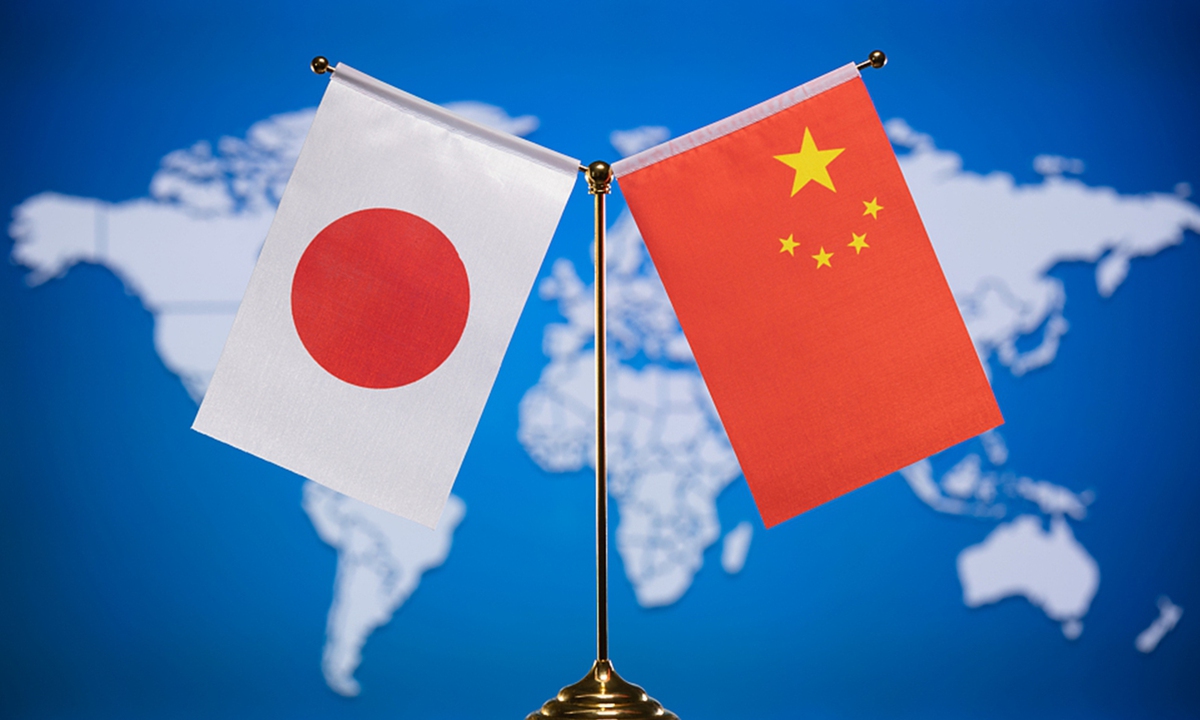
Photo: VCG
On December 25, Japanese Foreign Minister Takeshi Iwaya was given a high-level reception during his visit to China.
Iwaya is the highest-level official to visit China since the formation of the Ishiba cabinet. His visit was a working visit, but it played a significant role in bridging past and future diplomatic efforts. Specifically, this visit may lay the groundwork for subsequent high-level exchanges. In recent years, high-level engagement between China and Japan has been scarce. However, both sides have not given up on this important agenda, and when and how to enhance it should be a key focus of Chinese-Japanese diplomacy in 2025. The Japanese media also reported Chinese Foreign Minister Wang Yi's potential trip to Japan "at the earliest appropriate timing next year," which actually sends a positive signal for high-level China-Japan exchanges.
This visit is also about implementing the leaders' consensus and guiding interactions between bilateral governments and civil society. Recently, a joint public opinion poll by Japan's Genron NPO and China International Communications Group revealed that nearly 90 percent of people in both China and Japan have unfavorable impressions of each other's countries. This highlights a very dangerous sign: The foundation for improving bilateral relations in terms of public sentiment is fragile. Without improving this public foundation, even if high-level interactions become more frequent, they may fail to receive positive feedback from the public in both countries. This is likely why the meeting of high-level consultation mechanism on people-to-people and cultural exchanges between China and Japan was held.
Moreover, at the ninth ROK-Japan-China Trilateral Summit earlier this year, the leaders of the three countries reached a consensus on promoting exchanges including culture, tourism and education, striving to increase the number of people-to-people exchanges among the three countries to 40 million by 2030. However, people-to-people exchanges between China and Japan (especially the relatively low number of Japanese citizens visiting China) still seem to be a weak point.
In light of this, the Chinese government has recently shown goodwill on issues such as the visa policy for Japanese citizens visiting China. These gestures are based on mutual benefit. While China has relaxed the visa policy for Japanese citizens, it also hopes that the Japanese government will ease its visa policy for Chinese citizens visiting Japan. Given the population base and the capacity of tourism resources, it may be difficult for the two countries to fully equalize their visa policies in the short term, but negotiations should be conducted with reciprocity as the goal. One important outcome of Iwaya's visit to China is that Japan has relaxed the visa application requirements for Chinese tourists.
It is important to note the stark contrast between China-Japan relations in terms of both ideas and practice. Building China-Japan relations that fit the needs of the new era was an important consensus reached by the two countries' leaders in 2019. However, this consensus has largely remained at the declarative level.
In recent years, the positioning of China-Japan relations has included the goal of advancing the "strategic and mutually beneficial relations between China and Japan" and striving to construct a "constructive and stable" relationship between the two countries. However, in reality, China-Japan relations have been in a state of stagnation or even regression.
"Constructive" means that cooperation and interaction between China and Japan in political, economic and cultural areas should have made progress compared to the past; "stable" means that issues such as military security, territorial disputes and other structural conflicts should be manageable. Iwaya's visit has made a good start, but whether it can lead to a breakthrough in implementing the consensus remains to be seen.
The author is an associate research fellow with the Center for Japanese Studies at Fudan University. opinion@globaltimes.com.cn


